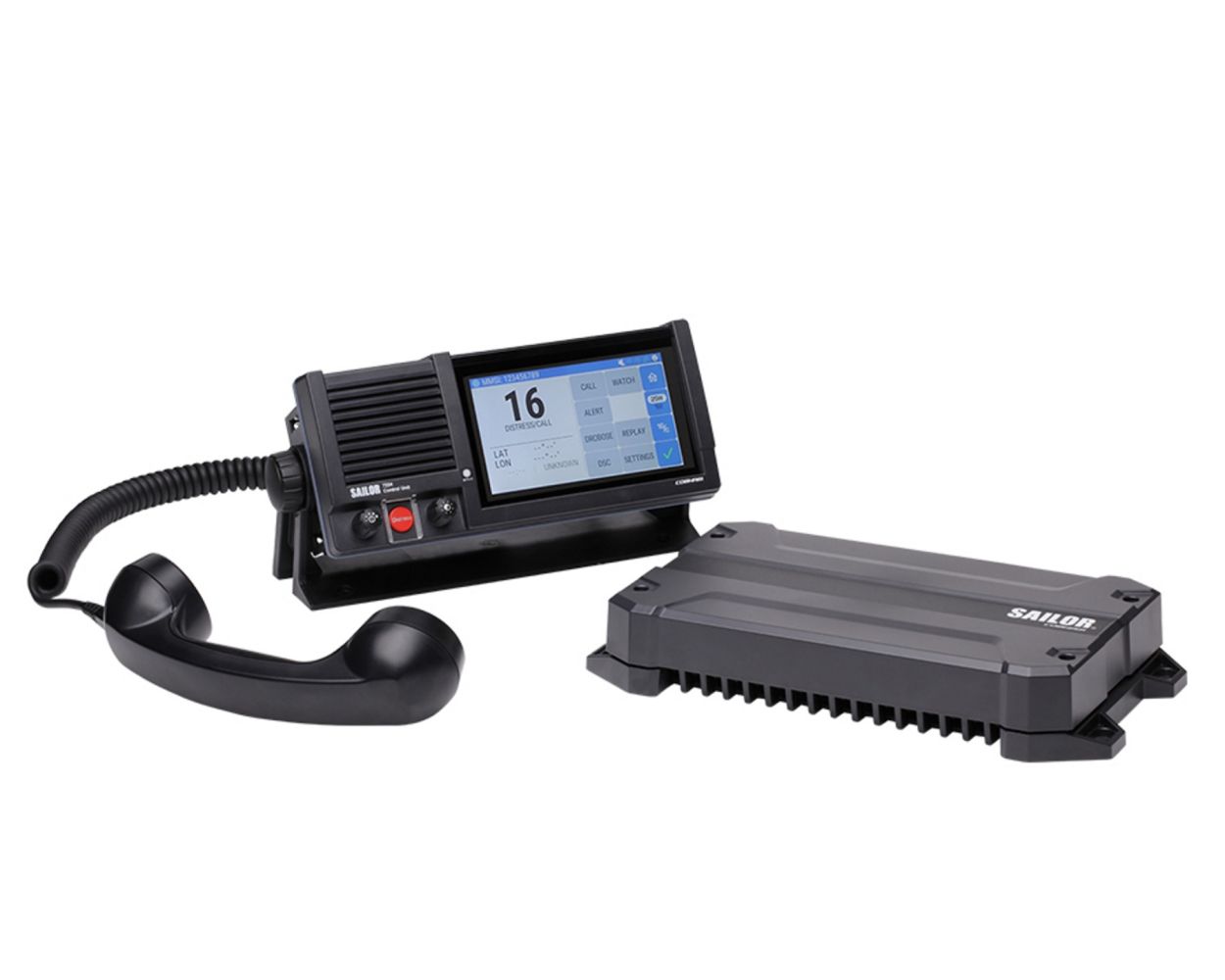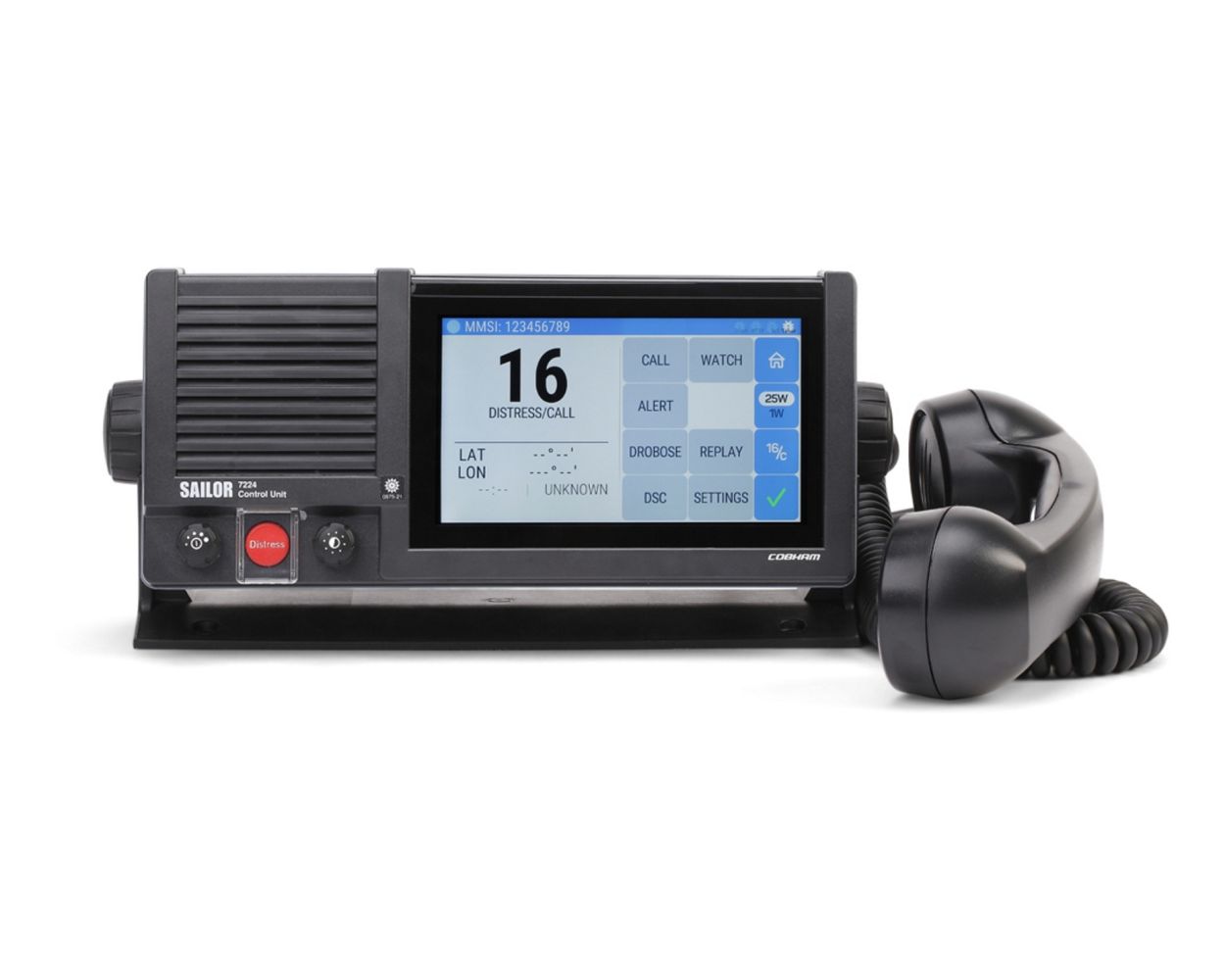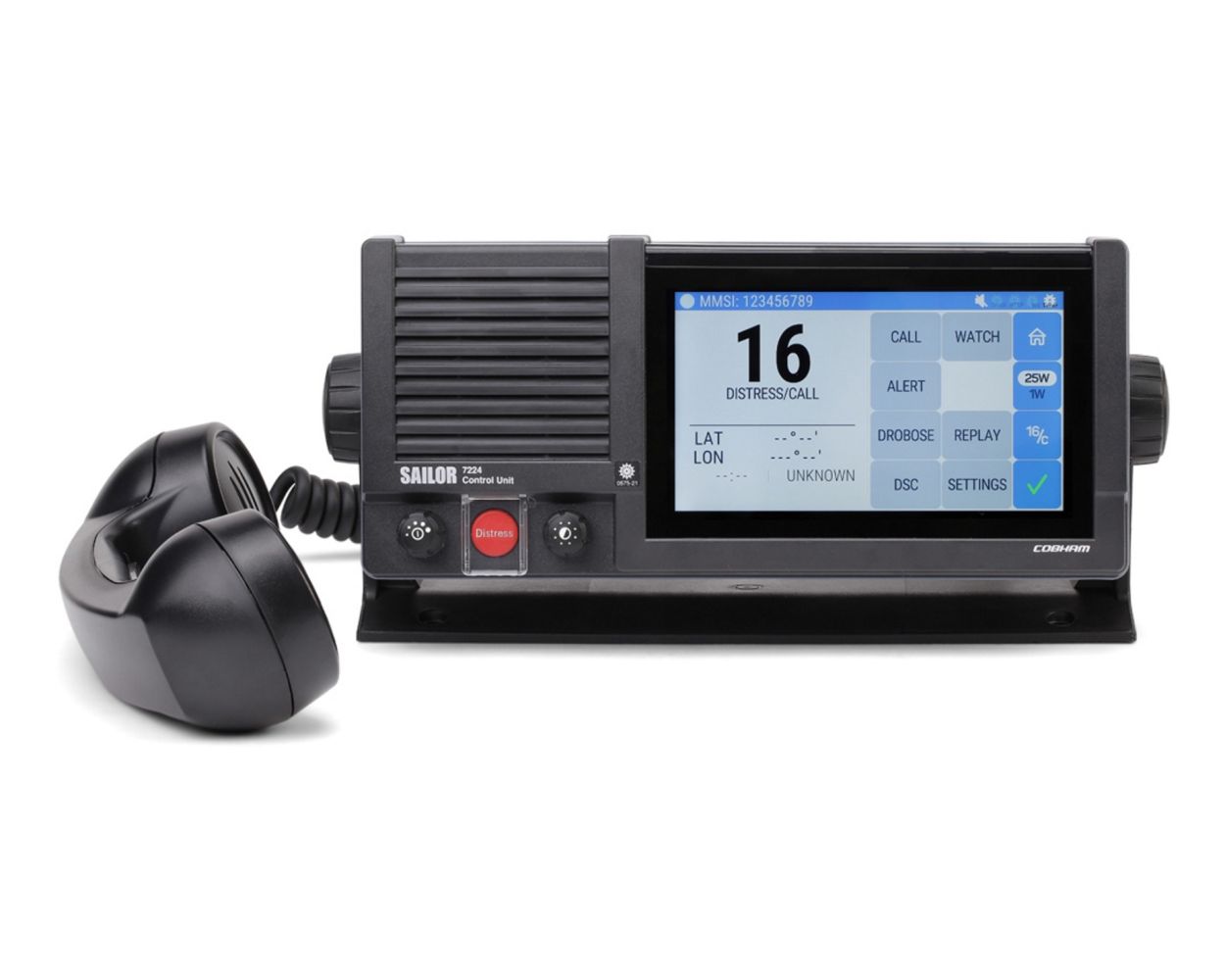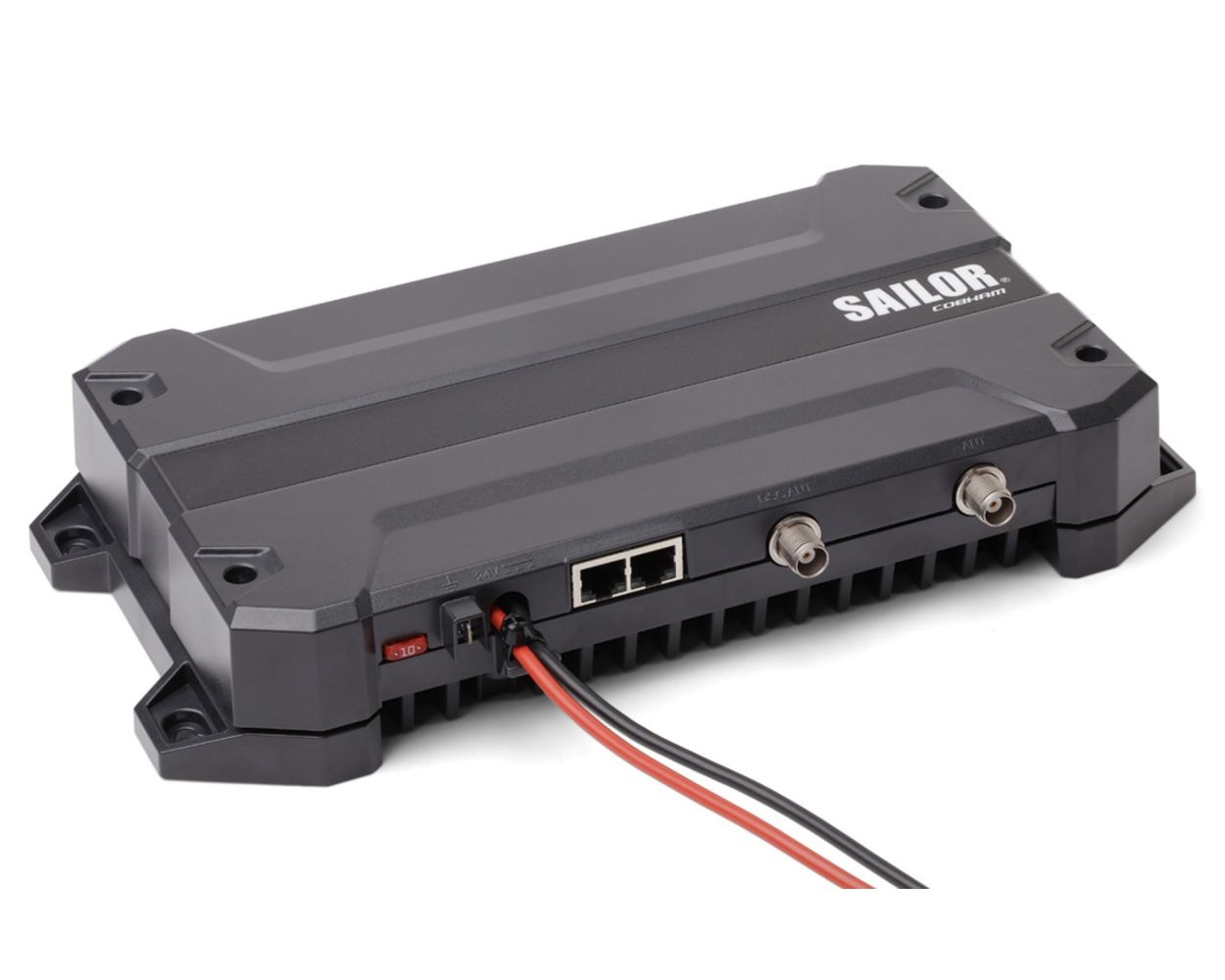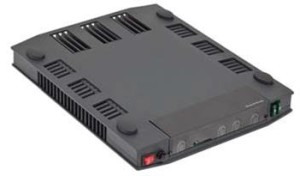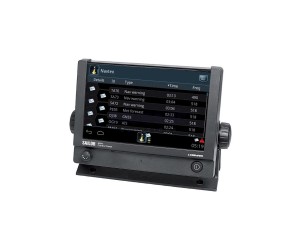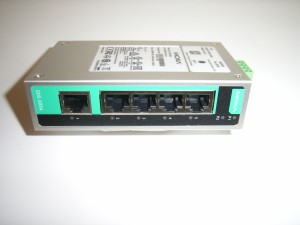SAILOR 7222 VHF DSC Class A
SAILOR 7222 VHF DSC Class A
Flexible screen colour options for optimal operation day and night Intuitive and easy to use interface reduces errors and improves safety Unique SAILOR Replay function enables simple and fast message verification
- Description
- Information
SAILOR 7222 VHF DSC CLASS A
Highly resilient and easy to operate in any situation, the SAILOR 7222 VHF DSC Class A is the most advanced SAILOR radio for demanding users operating within the SOLAS maritime environment.
SAILOR VHF DSC CLASS A
As a next generation solution at the forefront of radio technology, it unlocks new performance gains that improve critical safety and regular operational communication.

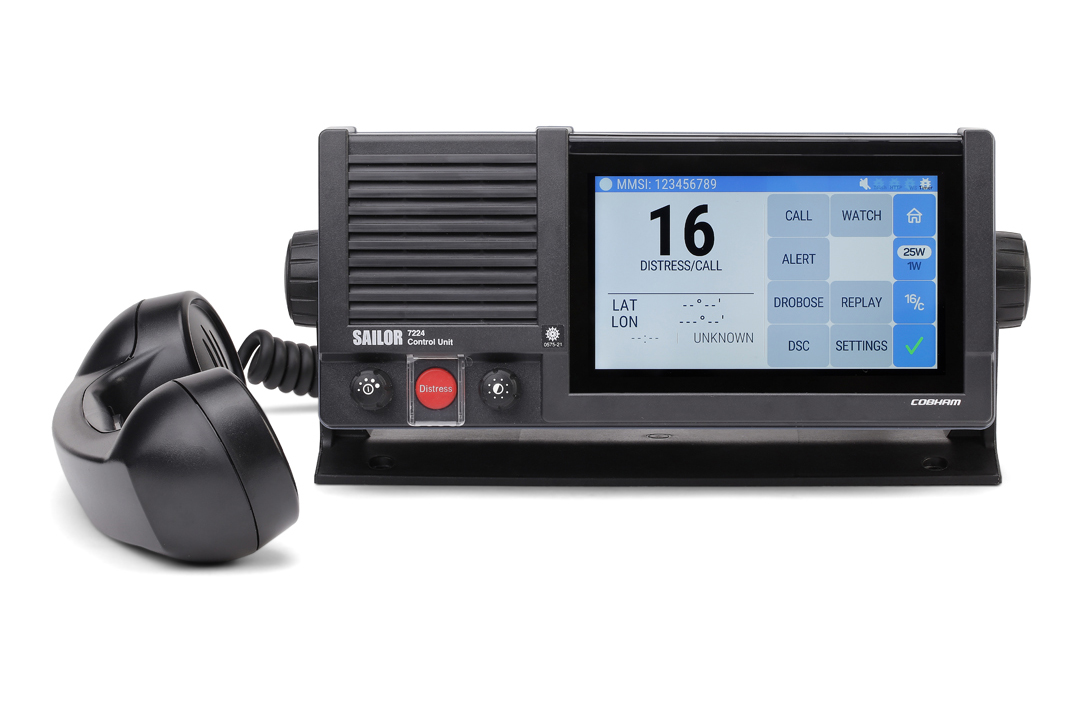
TECHNOLOGY UPDATED. GMDSS COMPLIANT
Exceeding standards set by IMO regulation for GMDSS Class A VHF, the August 2021 introduced Bridge Alert Management IMO resolution MSC.302(87), as well as IEC 62923-1 & IEC 62923-2, the SAILOR 7222 VHF DSC Class A is a robust platform for when clear communication could make the difference between a nonevent or a major incident.
Building on the established technology leadership of SAILOR VHF DSC radios before it, SAILOR 7222 VHF DSC Class A features updated hardware and software to deliver even more reliability. Its new and innovative, user-friendly 5.5” TFT touchscreen interface further streamlines workflows and optimises operational safety and efficiency.
FLEXIBLE FEATURES AND DEPLOYMENT
SAILOR 7222 VHF DSC Class A is quick and easy to install standalone, or as a core component of a SAILOR GMDSS console. Advanced networking functionality also significantly reduces the installation and service burden, when deployed as part of a fully compliant solution with other compatible SAILOR products, including mini-C, MF/HF, NAVTEX and AIS. Providing communication clarity at all times, the SAILOR 7222 VHF DSC Class A VHF is far more than just a means of meeting regulations.
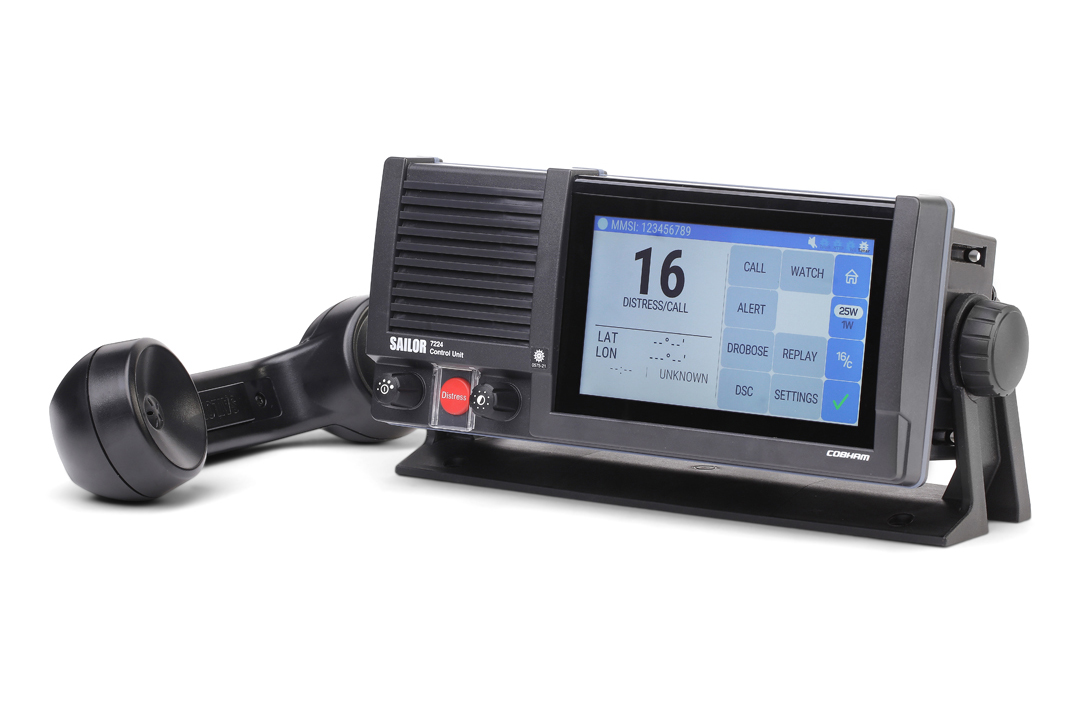
It’s a vital tool for daily operations with the features and ruggedness for diverse users on any vessel, from trawlers and workboats to merchant ships and specialist offshore vessels.

THE BEST JUST GOT BETTER
- Flexible screen colour options for optimal operation day and night
- Intuitive and easy to use interface reduces errors and improves safety
- Unique SAILOR Replay function enables simple and fast message verification
- Powerful 6W loudspeaker for clear audio inside or outside (rated IPx6/IPx8)
- Complete accessories portfolio including microphones and handsets
- LAN based service interface streamlines maintenance and troubleshooting
THE SAILOR 7222 VHF DSC CLASS A PACKAGE INCLUDES ALL THREE MAIN PARTS OF THE PRODUCT:
SAILOR 7224 VHF DSC CONTROL UNIT
- Control Unit
- DC Power Cable (2,5 m)
- Cable relief Kit
- Installation Guide
SAILOR 6201 HANDSET
- Handset
- Cradle
- Screw kit
SAILOR 7226 VHF TRANSCEIVER UNIT
- Including
- VHF Transceiver Unit
- Screw Kit
- Installation Guide
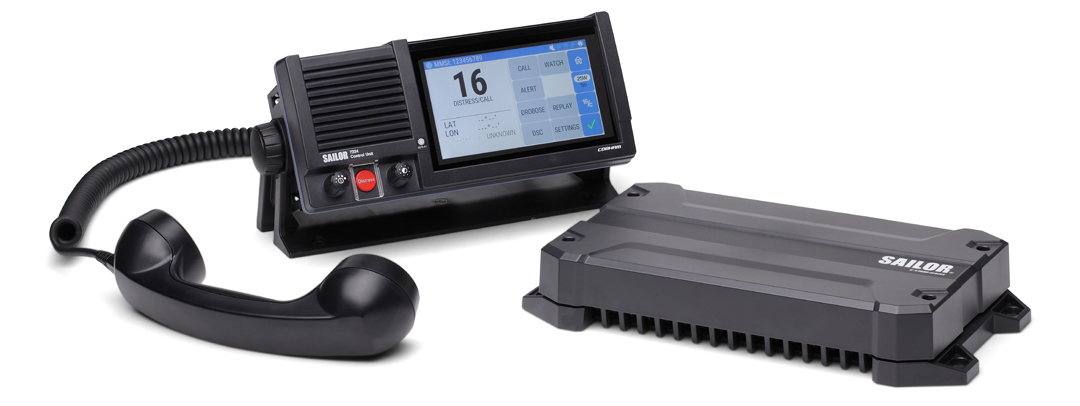
THE SAILOR 7222 VHF DSC CLASS A PACKAGE SEPERATE SPECIFICATIONS:
SAILOR 7226 VHF TRANSCEIVER UNIT TECHNICAL SPECIFICATIONS:
| Weight | 1.5 kg (3.3 lbs) |
| Dimensions HxWxD | 161 x 306 x 51 mm |
| Operating temperatures | -15°C to +55°C |
| Storage temperature | -25°C to +70°C |
| Ingress protection | IPX2 |
| Power supply 24 VDC | +30%/-10% |
| Power consumption Rx operative | 8 W |
| (typical) Tx 25 W operative | 65 W |
| Tx 1 W operative | 18 W |
| Heat dissipation Rx operative | 8 W |
| (typical) Tx 25 W operative | 40 W |
| Tx 1 W operative | 17 W |
| Rx/Tx ant. input/output | 50 ohm @ Tx voice/Tc DSC & Rx voice |
| DSC ant. input | 50 ohm @ Rx DSC |
| LAN 2 LAN ports category | 6 STP |
| Frequency range Voice | 156.000 MHz — 164.000 MHz |
| DSC | 156.525 MHz |
| Channel spacing | 25 kHz, all international maritime channels |
| Number of P channels | The radio may be programmed with up to 100 private channels in all channel |
| Modulation | 16K0G3E, 16KOG2B (DSC) |
SAILOR 7226 VHF TRANSCEIVER UNIT TRANSMITTER SPECIFICATIONS:
| RF output power dB High | 25 W +0 dB / - 1.5 |
| dB Low | 1 W +0 dB / - 1.5 |
| Frequency error | +/- 3ppm |
SAILOR 7226 VHF TRANSCEIVER UNIT RECEIVER - VOICE SPECIFICATIONS:
| Sensitivity | < -119 dBm typically @ 20 dB SINAD |
| LF power Built-in loudspeaker | 6 W (at 5 kHz dev./1 kHz tone) |
| External loudspeaker | 6 W / 8 Ohm |
SAILOR 7226 VHF TRANSCEIVER UNIT RECEIVER - DSC SPECIFICATIONS:
| Sensitivity | -117 dBm |
SAILOR 7224 CONTROL UNIT TECHNICAL SPECIFICATIONS:
| Weight | 1.0 kg (2.2 lbs) |
| Dimensions Height | Outer dimension 107 mm, hole height for flush mount 89 mm |
| Width | Outer dimension 241 mm, hole width for flush mount 227 mm |
| Depth | Outer dimension from front of knobs 104 mm, depth for flush mount 94 mm |
| Operating temperature | -15°C to 55°C (5°F to 131°F) |
| Storage temperature | -25°C to 70°C (-13°F to 158°F) |
| Ingress Protection | IP54 when flush-mounted (Estimated, only front exposed) IP20 for other installation (whole unit exposed) |
| Power supply | +24 V DC nom. (-10% / +30%) |
| Power consumption | 10 W @ 24 VDC standby, 33 W @ 24 VDC max |
| Display | 5.5” TFT with capacitive multi touch – 350 cd/m2 . (e.g.800x600 , 1024x768) – 40k Hours to half Brightness |
| Speaker | 2 LAN ports supporting RSTP and 10/100 Mbit 1 LAN port not supporting RSTP |
| USB | USB 2.0 |
| CTRL_Port | Supporting up to four SAILOR 6204 |
| ACC_Port | Supporting Handset & Hand Microphone. NMEA for GNSS and AIS |
| AUX_Port | Support for VDR, Alarm I/O, GNSS, AUX OC and Ext. Speaker. Max audio output power: 6W (external LS @ 5 kHz deviation/1kHz) |
GENERAL DSC TECHNICAL SPECIFICATIONS:
| DSC operation | According to:
|
| DSC protocol | According to Rec. ITU-R M.493-13 - Class A, IEC 61097-3 and IEC 61097-8 |
| Navigator interface | According to IEC 61162-1 GLL, RMC, ZDA, GGA, VTG, GNS |
| Modulation | 1700 Hz ± 400 Hz. 1200 baud |

